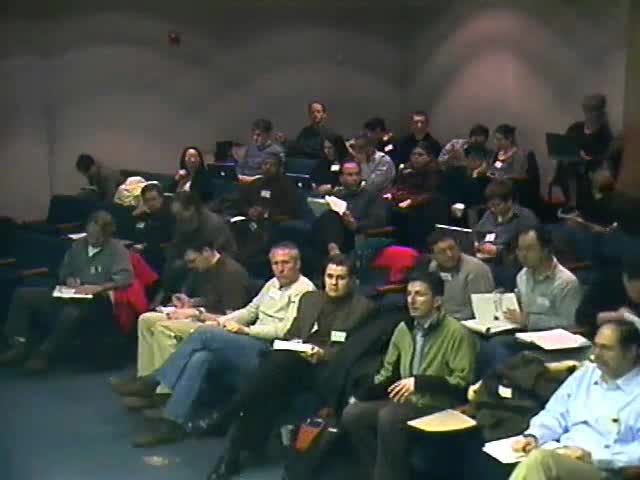Entropic and Enthalpic Barriers in Cooperative Protein Folding
Presenter
January 17, 2008
Keywords:
- Proteins
MSC:
- 92D20
Abstract
Many small single-domain proteins undergo cooperative, switch-like
folding/unfolding transitions with very low populations of intermediate,
i.e., partially folded, conformations. The phenomenon of cooperative folding
is not readily accounted for by common notions about driving forces for
folding. I will discuss how common protein chain models with pairwise
additive interactions are insufficient to account for the folding
cooperativity of natural proteins, and how models with nonadditive
local-nonlocal coupling may rationalize cooperative folding rates that
are well correlated with native topology. The traditional formulation
of folding transition states entails a macroscopic folding free energy
barrier with both enthalpic and entropic components. I will explore the
microscopic origins of these thermodynamic signatures in terms of
conformational entropy as well as desolvation (dewetting) effects.
Notably, the existence of significant enthalpic folding barriers
raises fundamental questions about the validity of the funnel picture of
protein folding, because such enthalpic barriers appear to imply that
there are substantial uphill moves along a microscopic folding trajectory.
Using results from extensive atomic simulations, I will show how the
paradox can be resolved by a dramatic entropy-enthalpy compensation
at the rate-limiting step of folding. In this perspective, the height
of the enthalpic barrier is seen as related to the degree of cooperativity
of the folding process.
